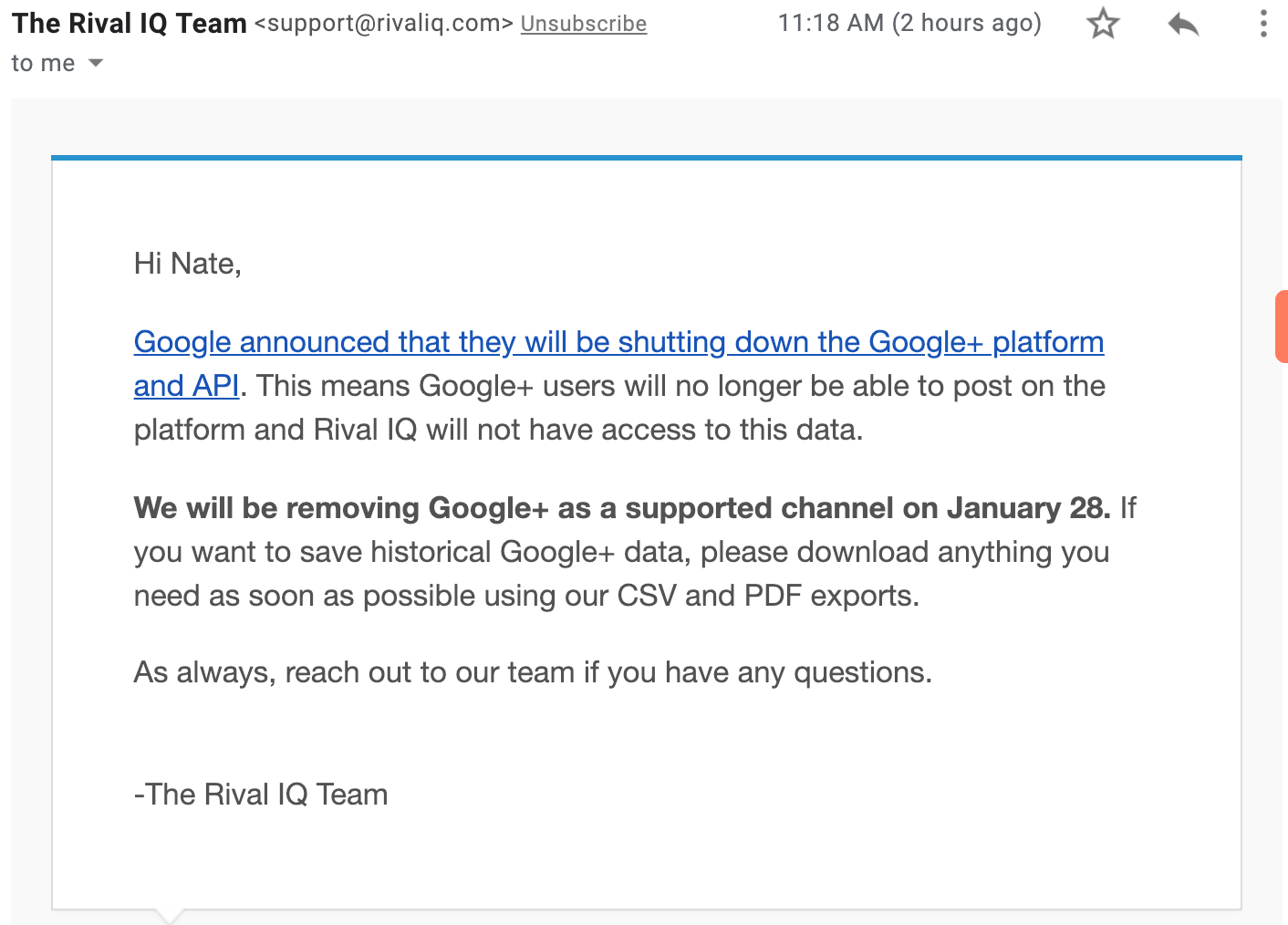 @bobevansfarms
@bobevansfarmsIt's 2013 and Twitter is a far cry from being the kid on the block, as far as social media goes.
There's an audience there too, made up of millions of smartphone-wielding and internet savvy customers -- all of whom want just a little piece of your brand's attention on them.
And yet, most corporate branded social media accounts fail to take the simplest steps in managing customer expectations on social media.
To the right, an example of what I mean.
I don't mean to pick on Bob's as there are thousands of profiles for companies of all sizes and industries that look just the same.
But can you see it?
There are some serious opportunities being missed on this Twitter profile. Look closely at their approach to copy, graphic design and links.
As a Twitter user with your own set of social business habits, is this the type of information relevant to you when you're cruising the social web?
Social Media Profiles Are Not Your Website
They're absolutely, 100% NOT meant to be, either.
Yet, lots of companies fall into duplication mode, stealing away images, copy and information and slapping it on their Twitter and Facebook and LinkedIn profiles.
Done.
Crickets.
You get the picture.
The reality is -- your brand's website and perhaps your blog will always do a better job housing your general business information. Most social media profile and page templates have been developed and locked to hold only specific amounts of this information in a specific way.
Your website and blog are more flexible, and you have the space there to go as deep as your want to with the information you share.
My advice? Keep all of that critical business information housed where your customers already expect it to be -- your website.
Tweet This >> Like search engines, social media has become a highway to a destination, NOT the destination itself.
The savviest of brands position their community managers like a traffic cops who have the authority and special skills to direct customers to where they need to go. They go to great lengths in managing customer expectations on social media.
You should too.
Now ... let's look at a star example.
3 Ways Chase Bank is Managing Customer Expectations on Social Media
 I'm blown away by how far Chase Bank has come in terms of digital.
I'm blown away by how far Chase Bank has come in terms of digital.
Sure, it was their mobile apps and well designed web interface that hooked me to make the switch from PNC, and I have no regrets.
But when I saw how the brand was using Twitter, I felt like their example is a lead worth writing about and following.
The biggest takeaway from how Chase approaches managing customer expectations on social media?
You and your team don't have to perform rocket surgery to make your brand more successful on networks like Twitter.
Here are three easily executed three tips from their example that you can lift and employ in your own social media programs.
1. Clearly State Your Intentions
For me, this is one of the best Twitter biographies I have seen to date.
Rather than bore is with copy that talks about company size or revenue, or even how many customers brand serves or locations they operate, Chase is incredibly clear as to how they intend to use Twitter and when the lines or open to customers who need help.
Right away, I know that Chase intends to use this Twitter account to talk directly with customers and help them with questions, concerns and other customer service related stuff.
Also notice the choice of links Chase uses, first directing visitors to the main website where loads of additional information can be found, but also their terms and conditions for using their social media profiles.
On top of knowing how Chase intends to use Twitter, I also now know that there are rules in place for how I can use their Twitter account for customer service.
Good move.

2. Integrate Social Media at Your Most Popular Customer Touch Point
Again, my big draw to Chase was their web interface and their mobile app. But, I was delighted when this little box made me aware of how the brand intends to use Twitter.
Chase does a top-notch job integrating Twitter into their online banking experience. The button is a visible conversion point that gives me the option to tweet right in the place where I am likely to have service related questions.
If you ask me, this is a very relevant placement.
I also find it smart that rather than use a chat feature here, Chase chose Twitter integration. You have to consider that given their target customer (folks like yours truly -- smartphone wielding, tech savvy, and seeking convenience) this choice of a big-three social media platform makes a ton of sense as an audience-centric, strategic move.

3. Make Your People a Visible Part of Your Brand
 Some companies hide their people behind the voice of the brand on Twitter. Chase, on the other hand chooses to give their people a voice in the brand. >> Tweet This >>
Some companies hide their people behind the voice of the brand on Twitter. Chase, on the other hand chooses to give their people a voice in the brand. >> Tweet This >>
When you tweet at Chase, you at least have an idea as to who you are dealing with.
The brand takes the approach of identifying their Twitter customer service team right on their Twitter background in a small graphic that displays their headshots, first names and the tag initials they will use to self identify in Tweets.
My guess is that these customer service representatives also spend a good deal of time on the phone, and Chase assigns individual team members shifts where they are responsible for manning the branded customer service Twitter account.
This centralized-account, decentralized-team approach seems to be much more effective than having customers service reps create decentralized, individually branded Chase accounts in that there is always one central repository for all customer inquires.
Taking the alternative approach can quickly create chaos and allow for hot communications to potentially slip through the cracks.
Do You Do Things Differently?
Chase is a killer example of a monstrous, global company and recognized brand in a highly regulated and publicly scrutinized industry.
And yet, they've figured out a way to use social media to engage customers in a productive, helpful, genuine and transparent way.
Hopefully all of that is inspiring to you.
But their method is just one way to the end result of managing customer expectations on social media.
Let me know in the comments -- how are you doing things differently?


